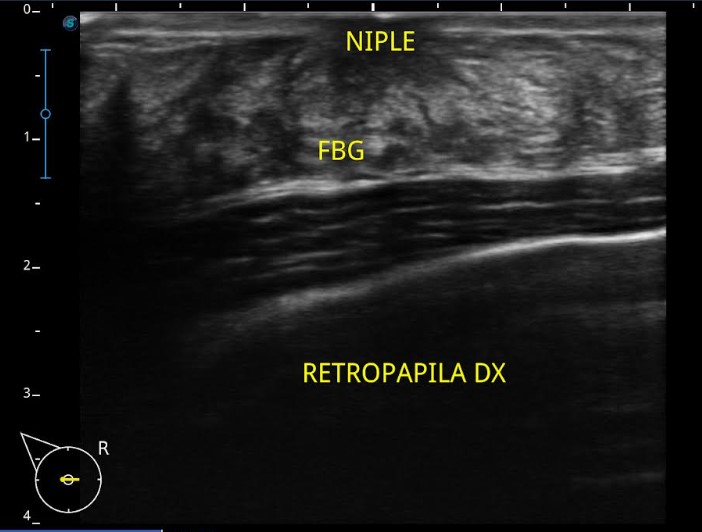Getting to Know Gynecomastia Abnormalities in Men
06/02/2023 Views : 197
Putu Utami Dewi
Getting to Know Gynecomastia Abnormalities in Men
Breasts
are always identical as a symbol of female beauty. Our society generally thinks
that only women can suffer from various disease in their breasts. In fact, that
breast abnormalities can also be experienced by men.
The
breast organs in men and women undergo the same formation process in the
embryological phase until neonatal period, and influenced by the maternal estradiol
level. Developmental differencies of male and female breasts then occur when
entering the puberty phase. Women will produce a high level estrogen that
stimulates the development and maturation of the breast tissue. While in men,
the increased production of the testosterone during puberty will inhibit
further breast development.
Male
breasts can also experience pathological conditions, both in the form of benign
or malignant lesions. The most common benign pathological condition found in
men is gynecomastia, while the incidence of breast malignancy in men is
estimated to be only 3%.
Gynecomastia is a disorder of excess of glandular and stromal breast tissue in men due to an imbalance in the work of the hormones estrogen and androgen. The prevalence of asymptomatic gynecomastia in neonates is between 60-90%, adolescents 50-60% while in the elderly it reaches 70%, while the prevalence of symptomatic gynecomastia is estimated to be lower.
It is characterized by unilateral or bilateral asymetrycal enlargement of the male breast, which on physical examination can be felt as a solid, firm, mobile, disk shape palpable mass in the retropapillary area / behind the nipples. The etiology of gynecomastia include abnormal hormone production, drugs side effects such as spironolactone, digoxin, thiazide, estrogen therapy etc, it can also be caused by systemic disorders such as cirrhosis, hyperthyroidism, chronic lung disease, and malnutrition. Adrenal tumors, hepatomas, pituitary adenomas, lung tumors can also cause gynecomastia, as well as idiopathic.
The differential diagnosis of gynecomastia is pseudogynecomastia, which is enlargement of the male breast due to excess fat/adipose tissue. In addition, it can also be differentiated from malignant breast tumors in men, which are characterized by a hard, non-painful and immobile solid lump, which is not positioned in the retroareola and may be accompanied by thickening of the surrounding skin.
The diagnosis of gynecomastia can be made using mammography or ultrasound examination. On mammography, a high-density lesion in the retroareola can be found in the form of nodular, dendritic or diffuse glandular. While the ultrasound picture of gynecomastia cases can be found in the form of triangular hypoechoic lesions in the retroareola surrounded by fibrous breast tissue.
Education about breast abnormalities in men certainly needs to be improved, especially for the general public. It is hoped that the public can better understand and avoid the causative risk factors and immediately check themselves if they experience symptoms, so that they can be detected early and receive appropriate therapy.

Image 1. A male 18 y.o with right breast enlargement since 6 months ago, ultrasound examination finding shows fibroglandular tissue in the retropapila mammae dextra.
References
Javed Asma, Ltief Aida. Development of the human breast. Semin Plast Surg 2013;27:5–12.
Kim Hye Jeong, Choi Seon Hyeong, Ahn Hye Kyung, Cung Soo Young, Yang Ik, Jung Ah Young. Imaging Spectrums of the male breast disease: a pictorial essay. J Korean Soc Radiol. 2011 Aug;65(2):171-179.
Hernandez Antonio Velasco. Gynecomastia. https://radiopaedia.org/articles/gynaecomastia
